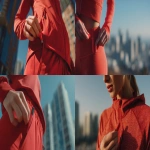Explore the Best AI Image Gallery
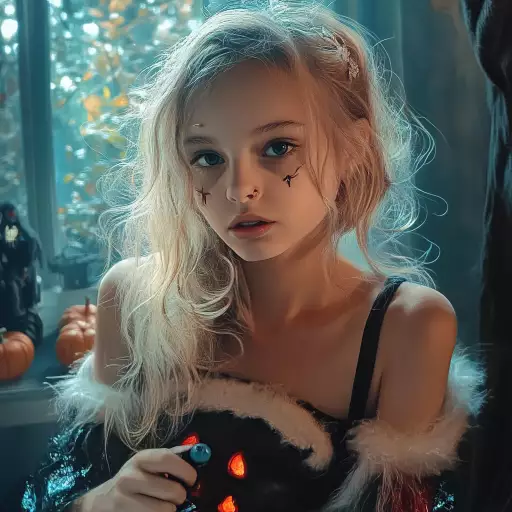
Pixelated Perspectives: AI Images and the Evolving Design Landscape
The world of design is undergoing a seismic shift with the advent of artificial intelligence (AI) image generation. Tools like DALL-E 2, Midjourney, and Stable Diffusion are empowering creators to generate stunning visuals from simple text prompts, blurring the lines between human imagination and machine creativity. This transformative technology has sparked both excitement and apprehension, raising questions about its impact on the creative industry, the role of designers in the future, and the ethical implications of AI-generated content.
A Canvas Unleashed: Potential Applications of AI Images in Design
AI image generation presents a plethora of exciting possibilities for designers across various disciplines:
- Concept Exploration: Designers can leverage AI to rapidly generate multiple visual concepts based on a given brief, exploring diverse aesthetics and styles.
- Prototyping and Visualization: AI can create quick mockups and prototypes, aiding designers in visualizing their ideas and communicating them effectively to clients.
- Content Creation: AI-generated images can be used to create compelling visuals for websites, marketing materials, social media, and other design projects, saving time and resources.
- Personalized Experiences: AI can generate unique, tailored visuals based on user preferences, creating personalized designs for products, branding, or interactive experiences.
Navigating the Ethical Labyrinth: Considerations for AI Image Use
While AI image generation offers immense potential, it also raises important ethical concerns that need careful consideration:
- Copyright and Ownership: The legal ownership of AI-generated images is still a gray area, with questions surrounding the rights of creators, AI developers, and users.
- Bias and Representation: AI models are trained on vast datasets that can contain biases, potentially leading to the generation of images that perpetuate stereotypes or lack diversity.
- Authenticity and Trust: The ease with which AI can generate realistic images raises concerns about the potential for manipulation, misinformation, and the erosion of trust in visual content.
- Impact on Human Creativity:** Some argue that overreliance on AI image generation could stifle human creativity and lead to a homogenization of design styles.
The Future Canvas: Trends Shaping AI Image Integration
The field of AI image generation is rapidly evolving, with ongoing research and development pushing the boundaries of whats possible. Here are some key trends shaping the future:
- Increased Control and Customization:** Tools will offer designers greater control over the generation process, allowing for finer-grained customization and more precise results.
- **Integration with Design Software: ** AI image generation will seamlessly integrate into existing design platforms, streamlining workflows and enhancing collaborative processes.
- Personalized and Adaptive Designs:** AI will enable the creation of designs that adapt to user preferences, contexts, and real-time feedback.
- **Multimodal Generation: ** AI models will expand beyond generating static images to create videos, animations, 3D models, and other multimedia content.
AI image generation is undoubtedly reshaping the creative landscape, presenting both opportunities and challenges. As designers navigate this evolving terrain, its crucial to embrace ethical considerations, foster human-AI collaboration, and harness the transformative power of AI to unlock new realms of creativity and innovation.


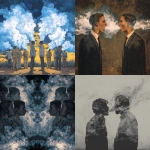


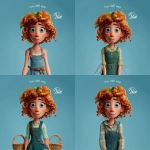
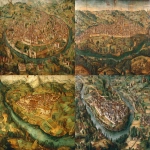
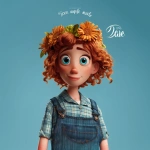


](https://images.ai-img.art/thumbnails/150/60973df1d727dbbf8e6922b7e4836814ab6012106eb9dcfe99aea7aec15f3710.webp)
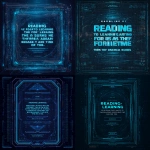
](https://images.ai-img.art/thumbnails/150/26c16e4f635deee86633de398088ca98d9bb748d6e7601436b07e882fab236cb.webp)
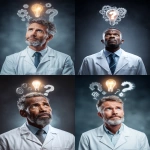




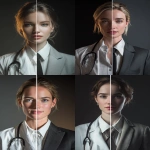

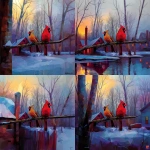
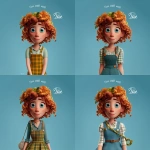



](https://images.ai-img.art/thumbnails/150/184b4b030e30be0a6d51b544226cb4cf2271977814d935d3aaa2b7529355b3b7.webp)

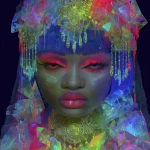

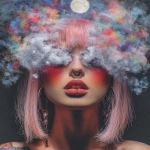

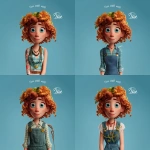

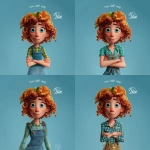

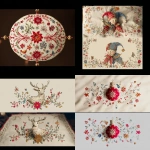
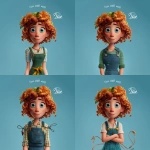
](https://images.ai-img.art/thumbnails/150/6c909fd6d38caac6572b592dd97831deb7d6562bba142798574677582676dfc1.webp)
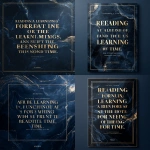
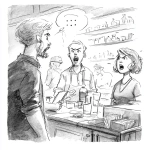
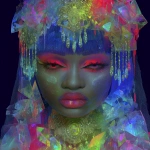
](https://images.ai-img.art/thumbnails/150/1202074d0d60b08b64d0f91f36468608aaac200a02b721cc8e6d8ec8a908432c.webp)
](https://images.ai-img.art/thumbnails/150/e6a179db327f0374ec327d0fdab48ac1f2dc47123eed103b0a41ed346280d07d.webp)
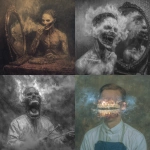



](https://images.ai-img.art/thumbnails/150/655229c40961cb7ff5abd4b4190e02c94ea1a961106e7547a562649c945268be.webp)

